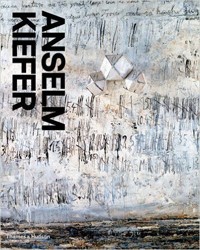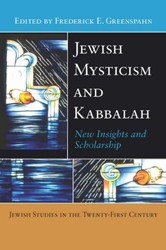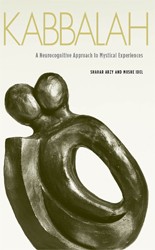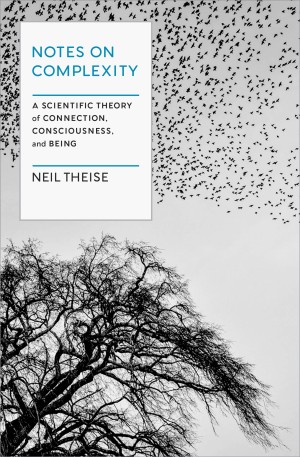Cultural anthropologists, sociologists, and literary critics may bring much understanding to their work, but they are still outsiders. The authors of these three books, however, display an uncommon understanding of the genre about which they write. The Kabbalah Reader is an anthology of selections from various esoteric traditions. It contains passages from classical texts as well as the writings from some more modern mystics or visionaries. The editor provides a biographical introduction and a few comments on each selection. However, more helpful would have been some commentary about the concepts contained in these selections since mystical writings rarely mean only what the text says.
A Journey into the Zohar is an introduction to the penultimate kabbalistic text. As the rabbinic sages wander the land and discuss deep concepts, ideas and understandings, we join them on their journey. The ten chapters and the Appendix discuss various topics explored by this mystical fellowship. The concepts hinted at are accompanied by a commentary and the author tries to make abstruse ideas intelligible to the modern reader. The Zohar is not only a repository of kabbalistic thought; it is also a classic of fantasy literature. Complex themes are valiantly presented, although it still remains difficult to fully penetrate an arcane world in translation.
Tanya, The Masterpiece of Hasidic Wisdom is the foundation text of ChaBaD or Lubavitch hasidism. Written by the first Lubavitch rebbi, it contains the philosophical, religious, ethical, and mystical underpinnings to this entire movement. It is studied religiously by Lubavitch hasidim and usually requires a tutor to explain the text. The goal is to transform individuals from their base humanity to reach higher levels of humanity by coming closer to God. The intense striving, and working on one’s personality and understanding how and why one does this, is the basis of this book. It is ponderous and demonstrates deep understandings of rabbinic thought, theology, philosophy, and psychology. There is commentary to each selection and the fifty-three topics selected provide insight into this seminal work.

Nonfiction
A Journey into the Zohar: An Introduction to the Book of Radiance
- Review
By
– October 5, 2011
New Age, pop culture Kabbalah, and neo- Hasidism seem to be ubiquitous. Real kabbalah and hasidic thought are far removed from popular (mis)conceptions. For those who wish to take these topics seriously there are two main paths— academia and immersion into the lifestyle. There are those who study kabbalah and there are kabbalists. Few students of kabbalah become adept, even among those who study it assiduously. Furthermore, real practitioners never teach kabbalah, even directly. There is one-on-one mentoring and tutoring for very select students and even then the path is only shown by hints and veiled language. If the student is worthy and ready then understanding and inspiration will be granted. Similarly not all those who study hasidism are hasidim nor are they always fully conversant with the rabbinic, Talmudic, and kabbalistic underpinnings of this worldview.
Wallace Greene, Ph.D., has held several university appointments, and currently writes and lectures on Jewish and historical subjects.
Discussion Questions

Jewish literature inspires, enriches, and educates the community.
Help support the Jewish Book Council.



